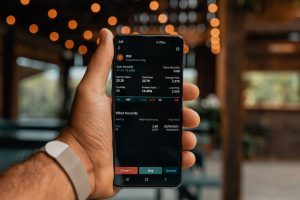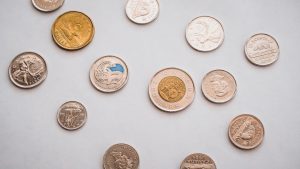Forex trading is one of the most attractive forms of investment available today. It is a fast-paced and exciting market that provides traders with the opportunity to make significant profits in a relatively short period of time. However, forex trading is also complicated, and beginners need to have a solid understanding of the market before they begin trading.
In this article, we will explain how to forex trade for beginners. We will cover the basics of forex trading, the tools and resources available to traders, and the strategies that can help traders succeed in the market.
What is Forex Trading?
Forex trading, also known as foreign exchange trading, is the buying and selling of different currencies. The forex market is the largest financial market in the world, with a daily trading volume of over $5 trillion. Forex trading is done through a network of banks, financial institutions, and individual traders, who trade currencies around the clock.
The goal of forex trading is to make a profit by buying and selling currencies at the right time. Traders make money by taking advantage of fluctuations in exchange rates. For example, if a trader believes that the euro will rise in value compared to the dollar, they would buy euros and sell dollars. If the euro increases in value, the trader can sell their euros for more dollars than they bought them for, making a profit.
How to Forex Trade for Beginners
Before you start forex trading, you need to have a basic understanding of the market and the tools and resources available to traders. Here are the steps to forex trading for beginners:
Step 1: Learn the Terminology
Forex trading has a unique language that traders use to communicate with each other. It is essential to learn the terminology used in forex trading to understand the market and the strategies used by traders. Some of the terms you will encounter in forex trading include:
• Pips: The smallest unit of measurement in a currency pair. It is the fourth decimal place in most currency pairs.
• Spread: The difference between the bid price and the ask price of a currency pair.
• Margin: The amount of money required to open a position in the forex market.
• Leverage: The ability to control a large amount of money with a small investment.
• Stop-loss order: An order that automatically closes a position when a specific price is reached.
Step 2: Choose a Forex Broker
A forex broker is a company that provides traders with access to the forex market. There are many forex brokers available, and it is essential to choose a reputable and reliable broker. Look for a broker that is regulated in your country and has a good reputation in the industry. Some of the factors to consider when choosing a forex broker include:
• Regulation: Choose a broker that is regulated by a reputable regulatory body.
• Trading platform: Look for a broker that offers a user-friendly trading platform that meets your needs.
• Customer support: Choose a broker that offers excellent customer support, including phone, email, and chat support.
• Fees: Look for a broker that has competitive fees and does not charge hidden fees.
Step 3: Open a Forex Trading Account
Once you have chosen a forex broker, you need to open a trading account. Most brokers offer different types of trading accounts, including demo accounts and live accounts. A demo account allows you to practice trading with virtual money, while a live account allows you to trade with real money.
To open a trading account, you will need to provide some personal information and verify your identity. Once your account is approved, you can fund your account and start trading.
Step 4: Learn Forex Trading Strategies
Forex trading strategies are techniques used by traders to make a profit in the market. There are many different strategies available, and it is essential to choose a strategy that suits your trading style and risk tolerance. Some of the most popular forex trading strategies include:
• Trend following: A strategy that involves identifying the direction of the market trend and trading in the direction of the trend.
• Breakout trading: A strategy that involves identifying key levels of support and resistance and trading when the price breaks through these levels.
• Swing trading: A strategy that involves holding positions for a few days to a few weeks and taking advantage of short-term price movements.
Step 5: Practice, Practice, Practice
Forex trading is a skill that takes time and practice to master. It is essential to practice trading with a demo account before trading with real money. A demo account allows you to test your trading strategies without risking your money. Once you are confident in your trading skills, you can start trading with real money.
Conclusion
Forex trading is an exciting and challenging market that offers traders the opportunity to make significant profits. However, it is also a complicated market that requires a solid understanding of the market and the tools and resources available to traders. By following the steps outlined in this article, beginners can learn how to forex trade and start making profits in the market. Remember to choose a reputable broker, practice with a demo account, and choose a trading strategy that suits your trading style and risk tolerance.





